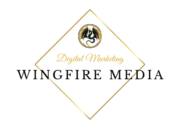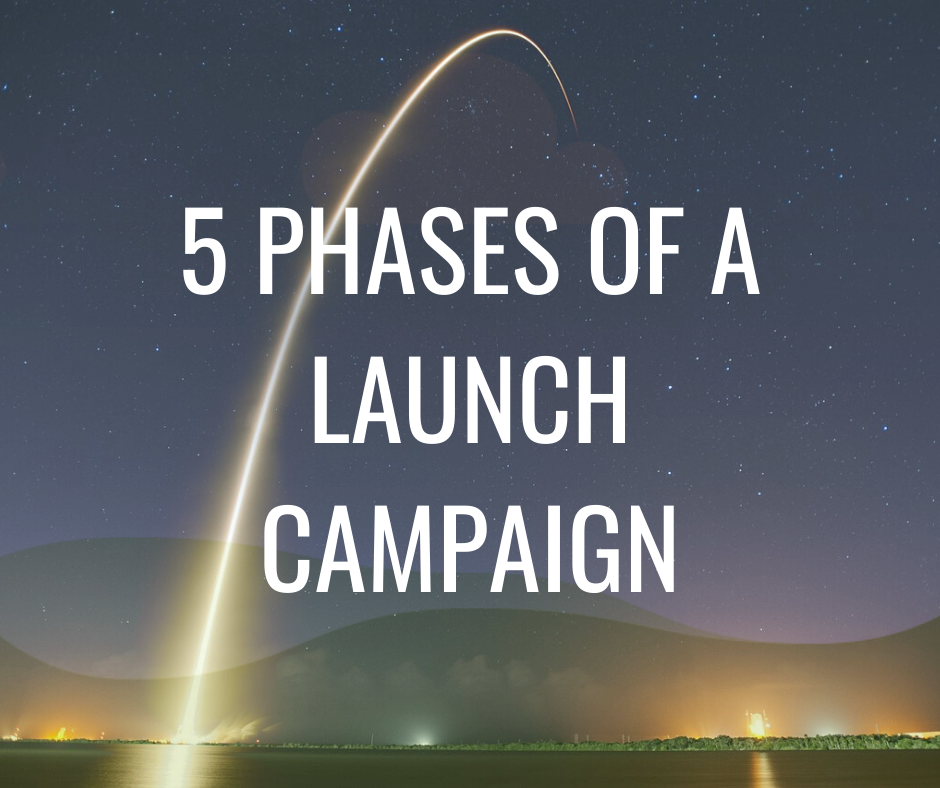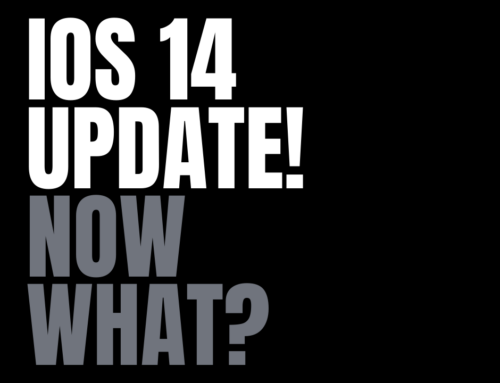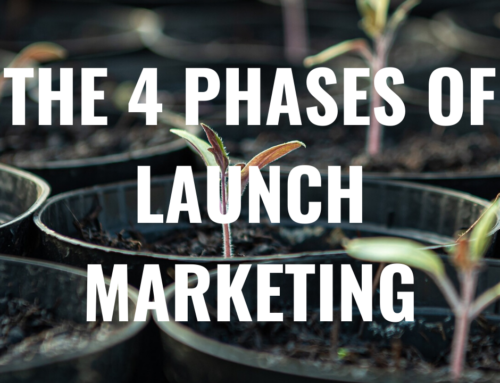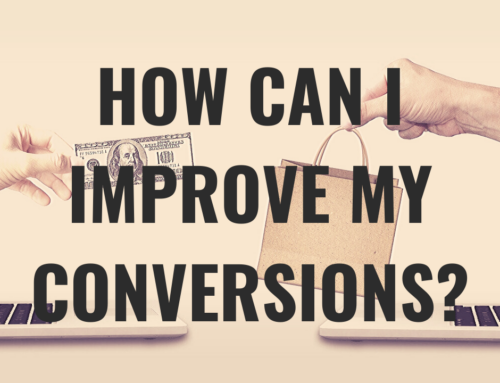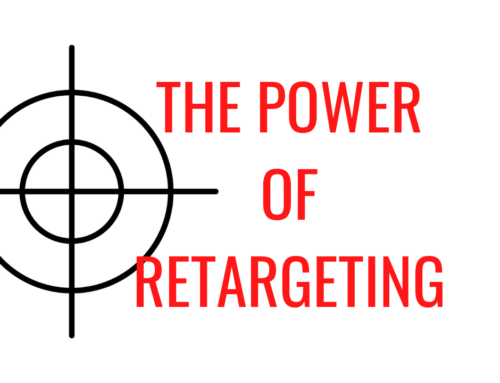At Wingfire Media, we do launch campaigns. We take a business that has a solid offer and, over the course of several weeks, build out a launch campaign that can take it from a small number of beta buyers to a large and strong base of early adopters.
As we’ve noted elsewhere, a launch campaign has three essential characteristics that distinguish it from other marketing campaigns:
- A new, special, and specific offer.
- A limited time frame with a significant build-up phase.
- A mix of organic and paid outreach.
While every launch campaign is different, we do follow a tried-and-tested structure that we apply to all of our clients’ campaigns. This structure can be expressed in terms of five phases of action.
But First…
The five phases we are going to share here are for a full launch campaign, which is exactly the kind of thing that we help our clients with.
However, if you want your full launch campaign to succeed, you need to first carry out a beta launch (also called a “seed launch”). This is a simple preliminary launch that targets your existing contacts and allows you to get feedback and refine your offer to make it better fit what the market is looking for.
Once you have performed a successful beta launch, you may then proceed to carry out a full launch based on the following five phases.
Phase 1: Hype
In the first phase of your launch campaign, the goal is to take your existing audience and connections and start warming them up. You will start cranking out lots of content for your email list and your social media following. You need to grab their attention, establish yourself as an expert, help them realize that they have certain needs, and create a sense of anticipation about something that is coming.
However, it is important to consider whether or not the “something that is coming” should be your core offer. In many cases, it shouldn’t be.
In our agency, we help a lot of coaches and course creators to sell digital products and service packages. Part of our strategy with them is to put together a training webinar to which we drive traffic. The webinar is not the core offer: it’s free. It’s actually a marketing tool through which to sell the core offer.
During the hype phase, we never position the “something that is coming” as the core offer. Rather, we create all of the hype around the free training webinar. We don’t actually drive registrations for the webinar yet, though. We just talk about it obliquely and say that it’s coming to build a sense of anxiety and anticipation.
Phase 2: Pressure
While Phase 1 is all about creating certain emotions, Phase 2 is about convincing people to actually take action.
With our webinar-based campaigns, what that means is driving webinar registrations. We begin this phase with an announcement detailing the cool new event we have been hinting at, and from that point on, we shift the approach from general engagement to sending people to an actual registration page.
Something important to note about this phase is the two separate email sequences that go out simultaneously. There is one for people who have not yet registered and one for people who have. The content is usually pretty similar, but in both cases, we are counting down to the date of the webinar. Even if they have registered, we still want to keep emailing them, because the reality is that a lot of people will forget about the webinar unless you keep reminding them.
Phase 3: Event Delivery
Here is where you actually deliver on the thing you have been building toward in your hype and pressure series. For most of our clients, that means a webinar. Since you’ve generated so much hype and created so much anticipation for this thing, it’s important to really make your audience feel that they’re getting something of value when the time comes.
We help our clients to carefully craft their webinar content to maximize its effectiveness as a marketing tool. We do this by mixing just the right amount of actual value with all of the storytelling, framing, and pitching that inevitably comes in a webinar. People shouldn’t feel that they’ve been tricked, and they need to feel that you’ve actually given them something of value in this webinar. But they also need to realistically realize that you won’t solve all of their problems in one webinar, and that realization should lead organically into your pitch.
What we find is that the number of sales that come right after the webinar depends largely upon how well the webinar was delivered.
For one of our clients, it was her first webinar, and she was really nervous. She ended up having some trouble in the webinar, and she lost her audience’s attention. With over 6,000 registrations for the webinar, she only got a handful of sales immediately after the webinar, and that was very frustrating. That is why it is so important that we really deliver on the webinar phase of the launch. (That wasn’t the end of that client’s story, though, so keep reading!)
Phase 4: Sales Phase
At the end of your webinar, you will make your pitch to your core offer. You will then drive traffic to a sales page for that offer, opening the cart. However, it is essential that you create a sense of scarcity and urgency during this period. Remember: a launch always has a limited duration. Your audience needs to see this clearly.
Your cart should be open for three to four days following the webinar. During this period, you should be aggressively sending emails and posting content to social media, talking about your offer and addressing concerns that arise.
With that client I mentioned earlier, even though her webinar kind of fizzled, we worked together with her to send emails and post social media content that directly addressed the concerns that her followers were having. Over the few days of the sales phase, she went from less than $2,000 in sales on the day of the webinar to over $90,000 in sales by the time the cart closed.
This is an example of how important the sales phase is. Normally, you should expect to get about half of your sales on the day of your webinar and half over the next few days. In this client’s case, the vast majority of her sales came over the following days.
At this point, some people might ask: “But do I really have to close the cart? Why not continue to sell?”
Yes, you do really have to close the cart. First, because you just told everyone that this was a limited offer, and you don’t want to be a liar. Also, you want to make sure that you can deliver on your offer, and that means you should limit sales.
You can still sell your core offer after the cart closes in this phase, so long as you are able to fulfill on those sales. However, it shouldn’t be exactly the same offer. Once this period ends, if you continue to sell the same basic thing, you should either start charging more, remove certain special benefits, or both.
Phase 5: Fulfillment
Your launch doesn’t end when your cart closes. You have their money. Now give them what you promised.
A successful launch can give you the momentum and the capital you need to really build your business, but it’s still just the beginning, and not the end. If you intend to continue to grow, you need to continue to build your reputation by proving that you really deliver. If you have to, lay off the marketing for a little while, and focus exclusively on fulfillment.
Once you have this launch under your belt, with the many testimonials from pleased buyers that will hopefully come with it, you will have a foundation on which to continue to build. This may mean additional launches in the future.
